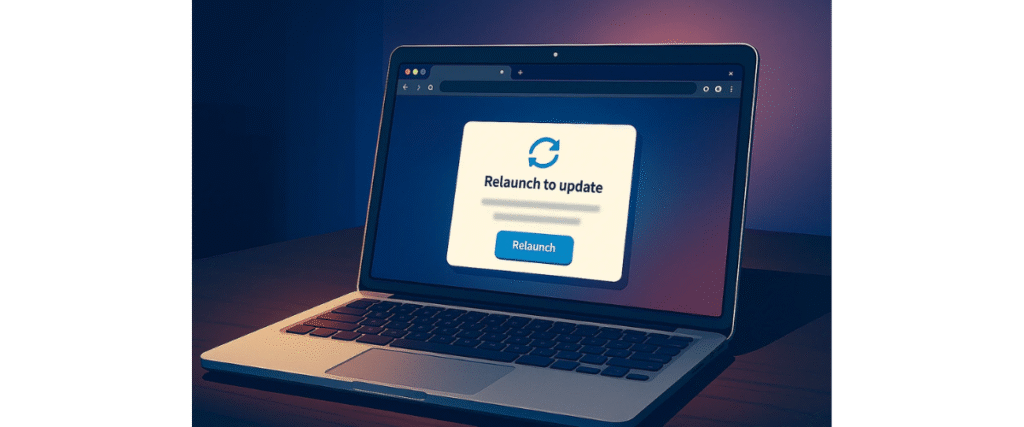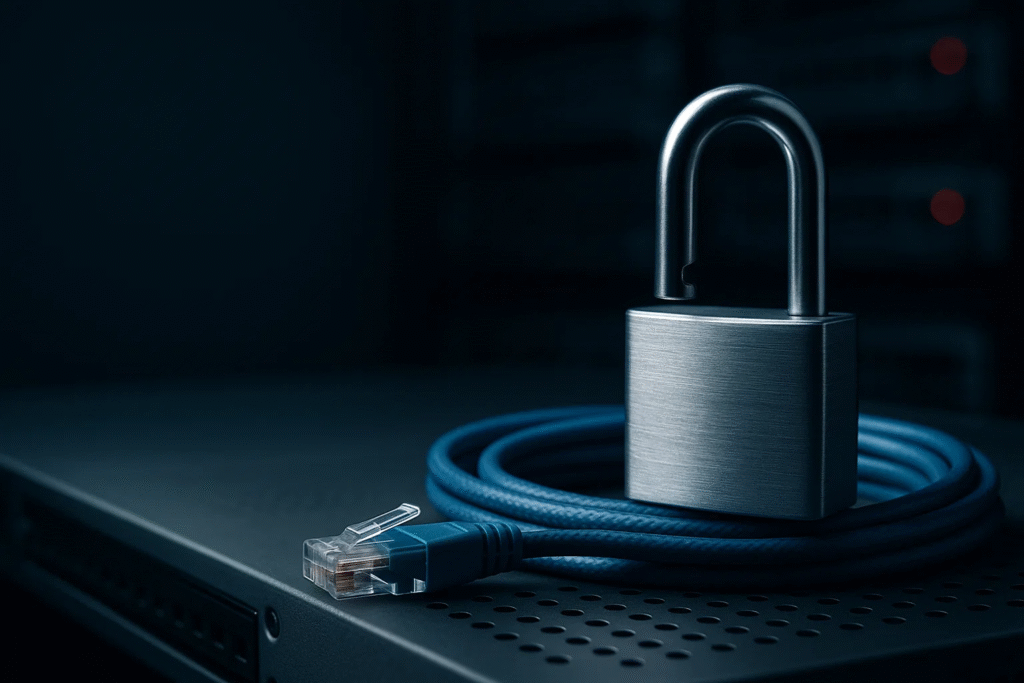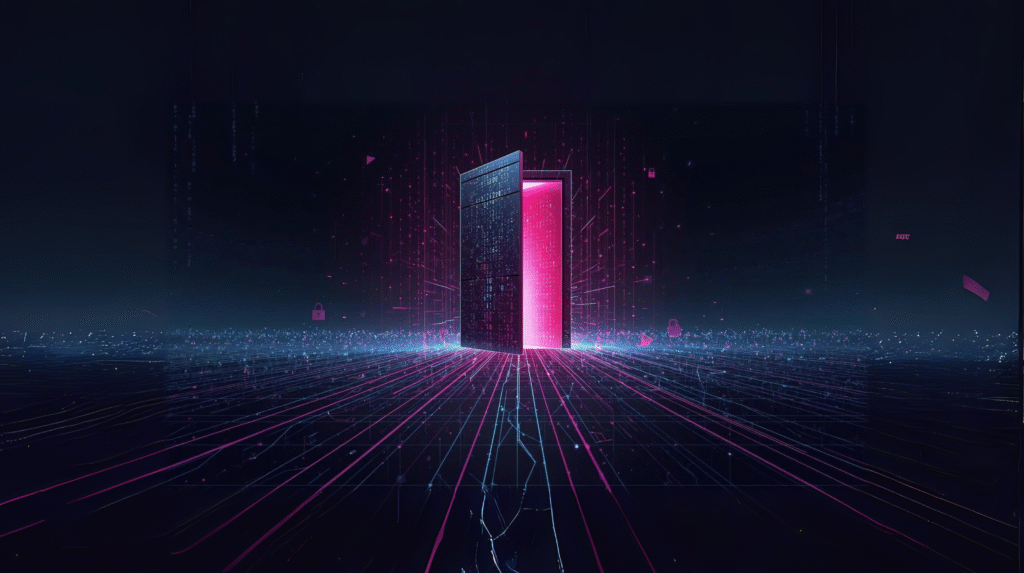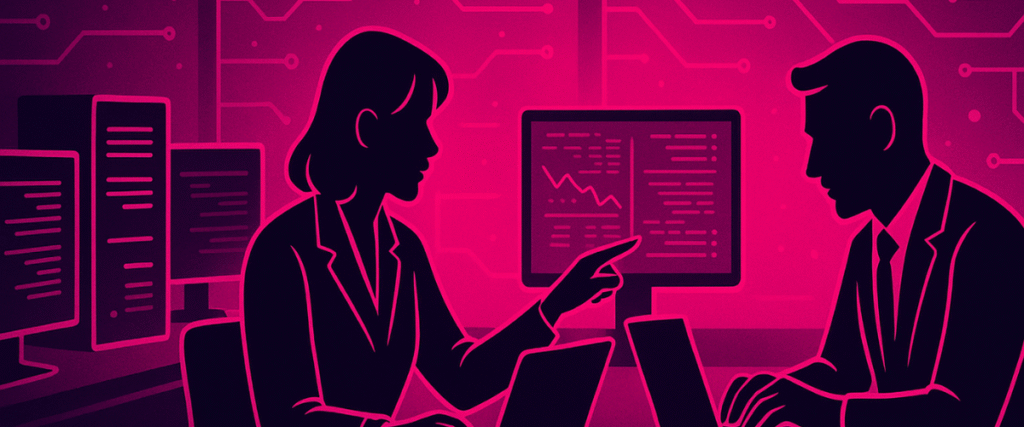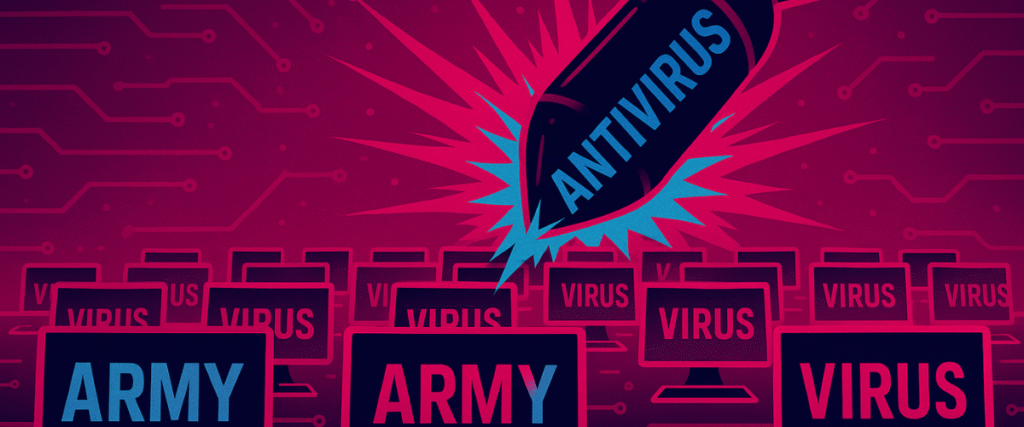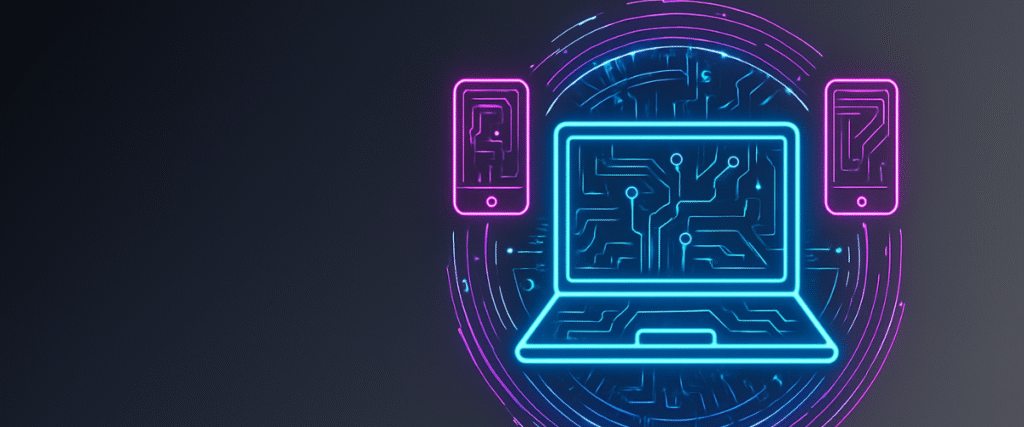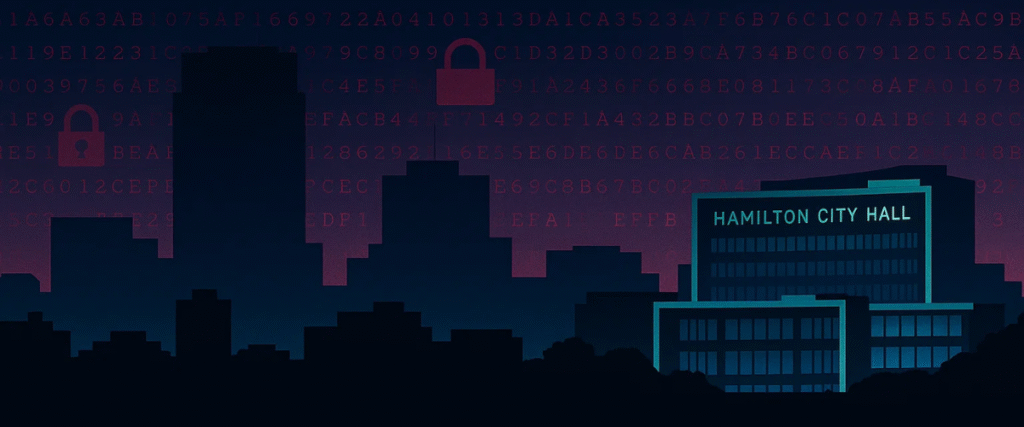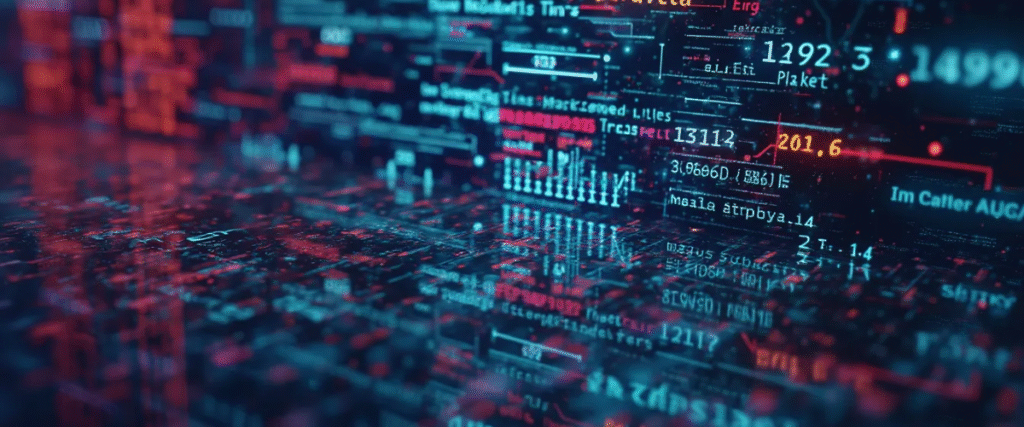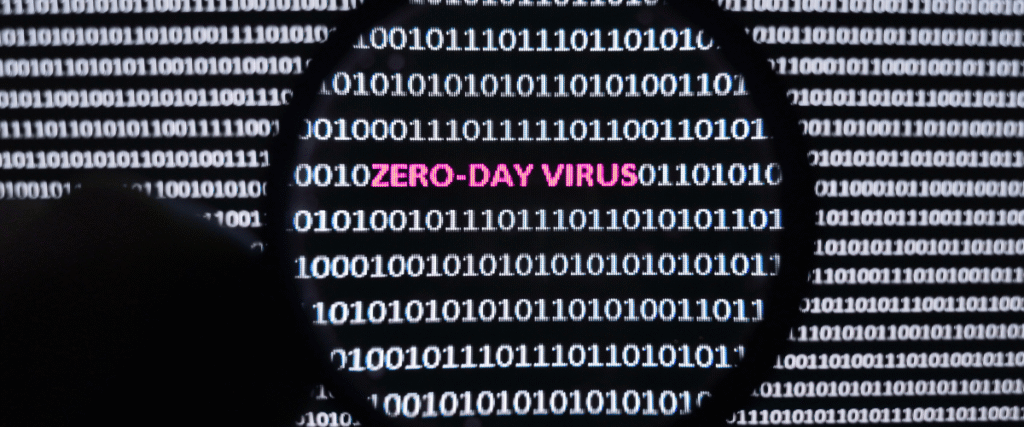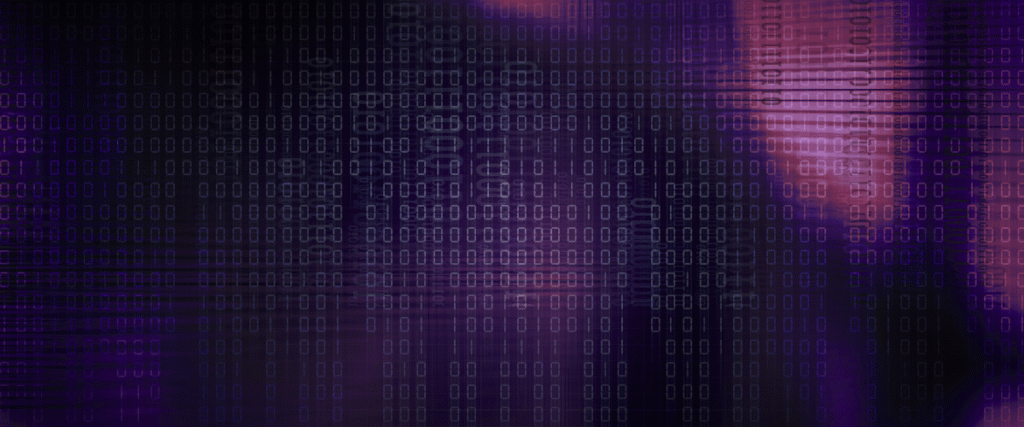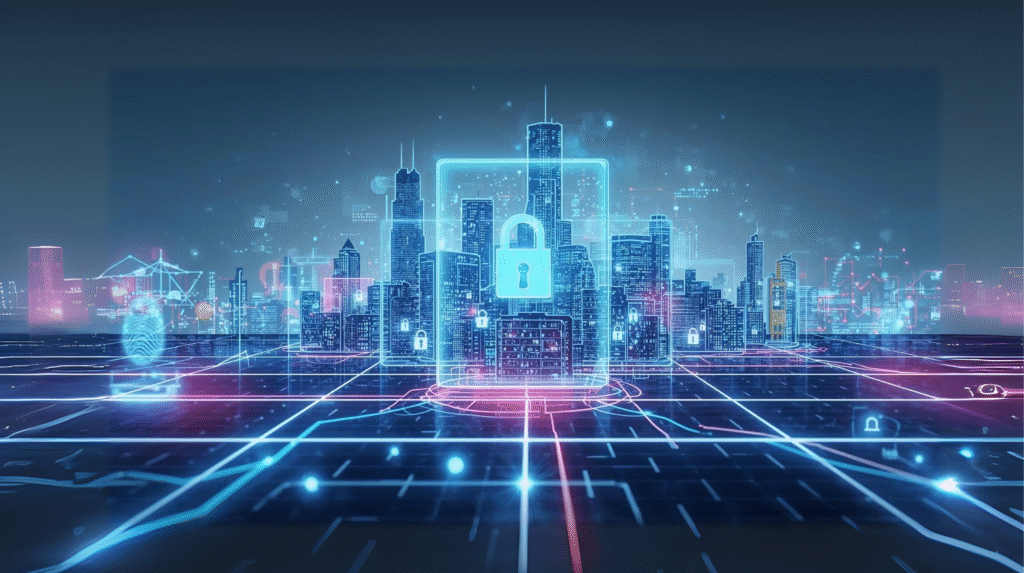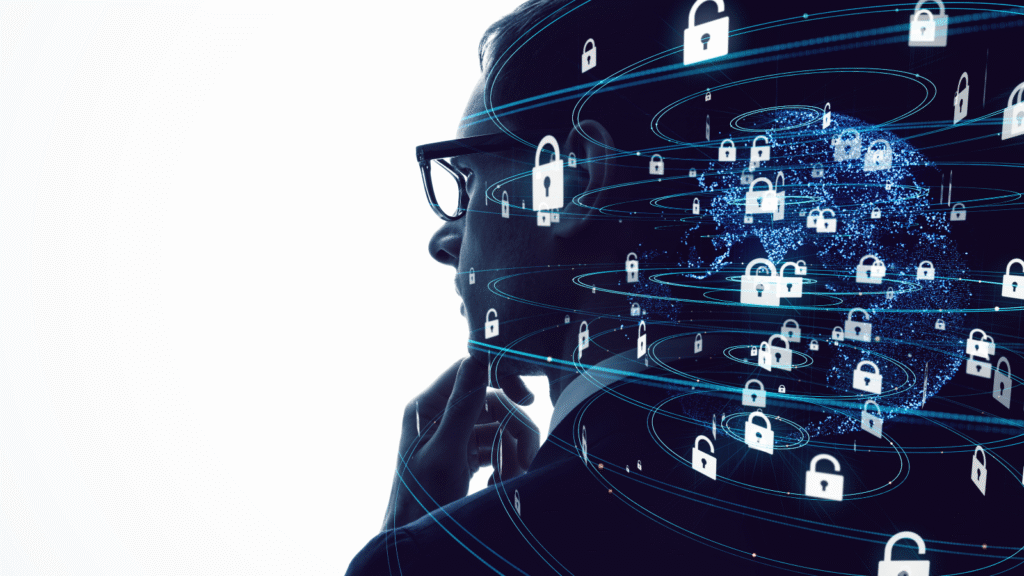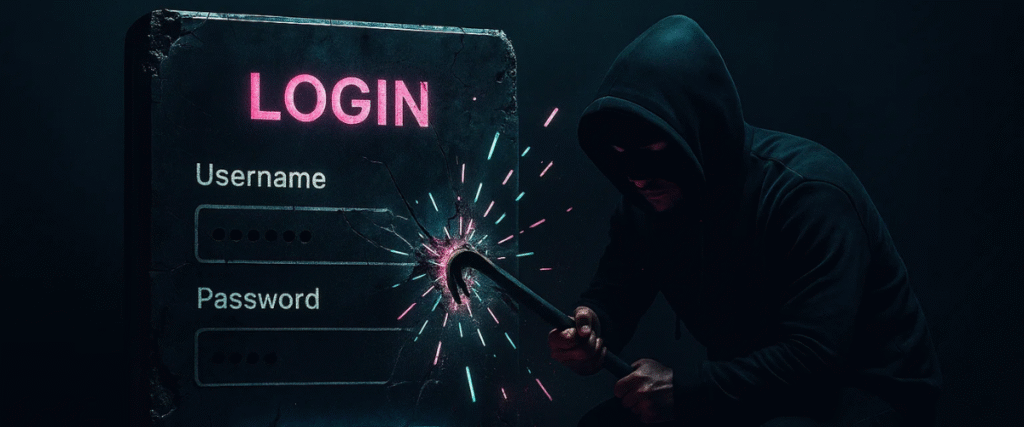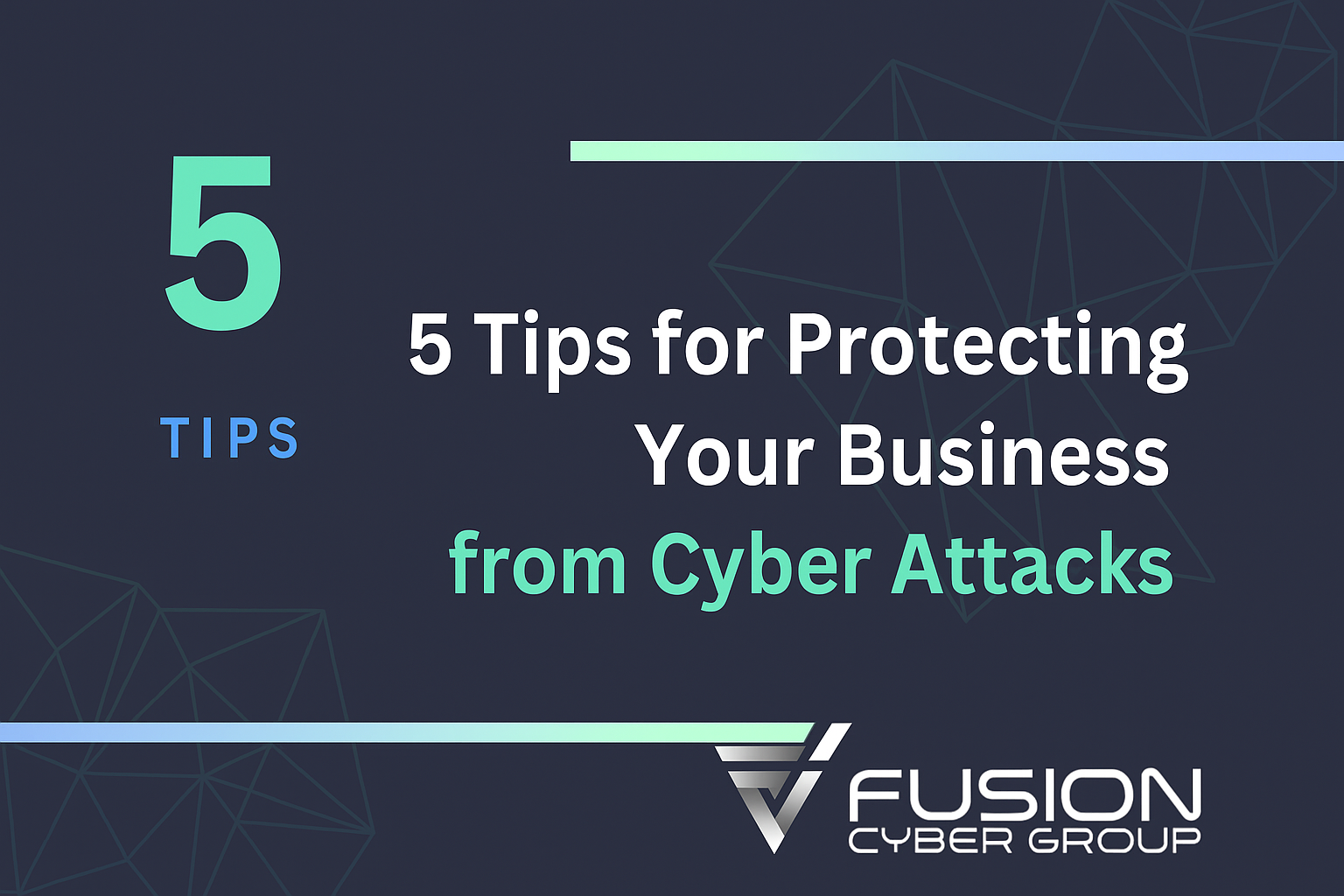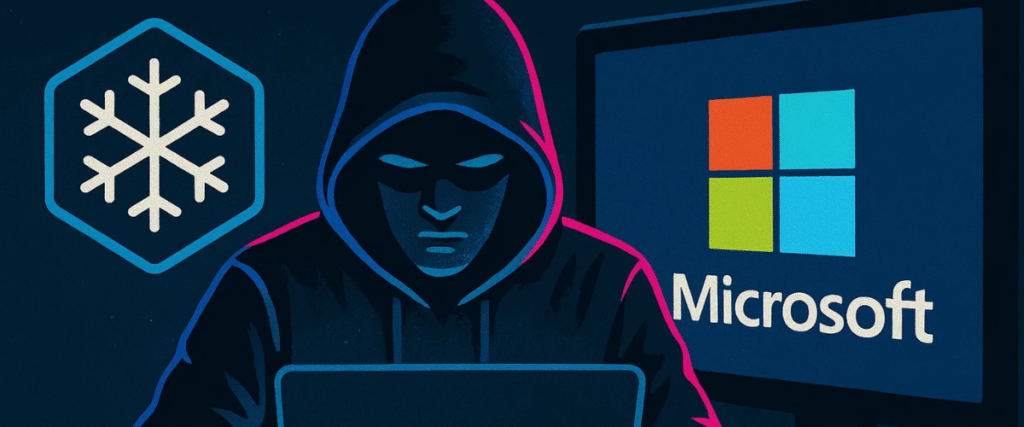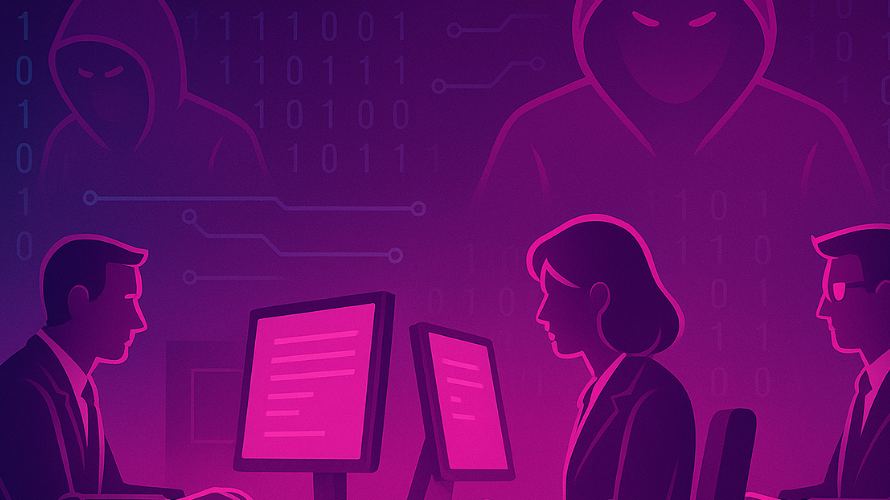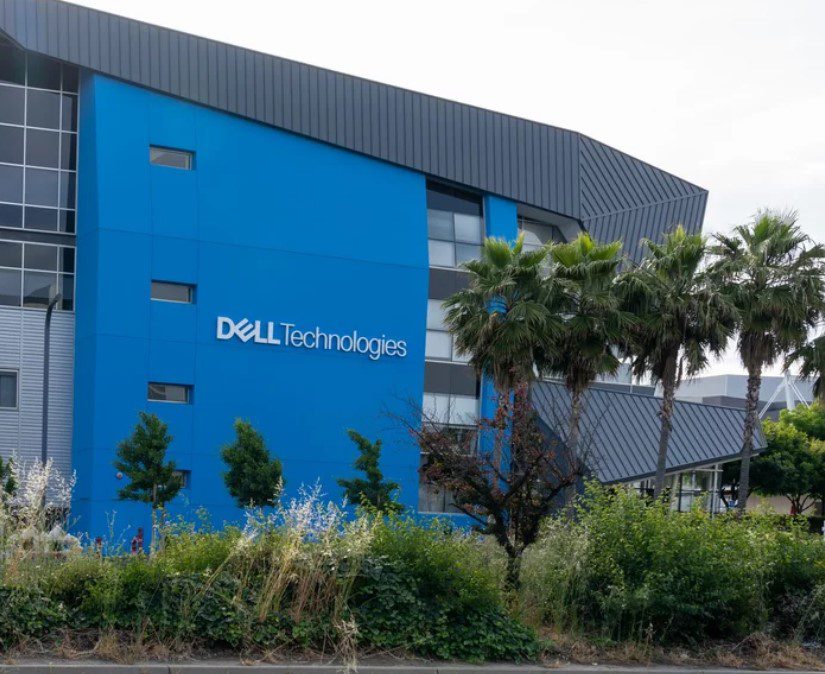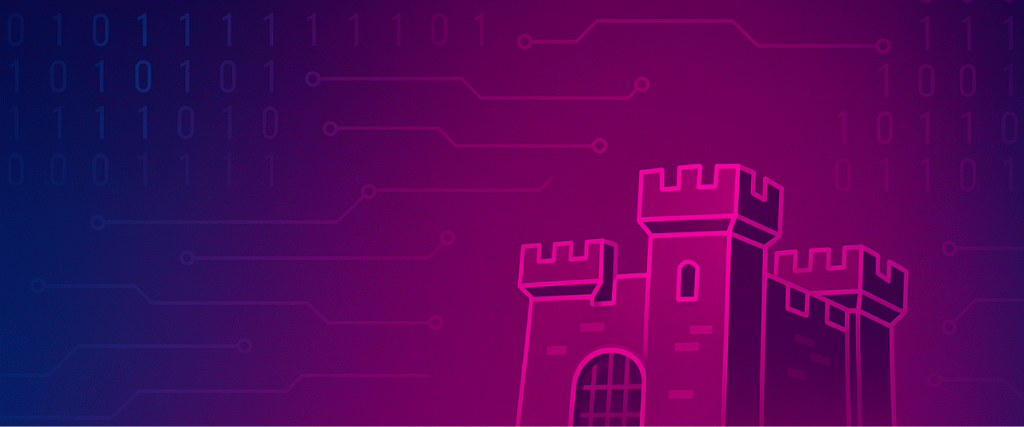
Multi-Layered Security — More Layers, More Protection
Firewalls, antivirus, or encryption alone won’t stop modern threats. One weak link can expose your entire business.
Don’t gamble with a single point of failure. Talk to a FusionCyber expert today and build a layered defense strategy.
Multi-Layered Security — A Smarter Defense Strategy
Cyber threats are multi-faceted, and protecting against them requires more than one barrier. Multi-layered security, often referred to as “defense in depth,” is the practice of combining different security technologies, processes, and human strategies into a cohesive shield. This ensures that if one layer is breached, others remain intact to defend against an attack.
For example, a firewall may block suspicious network traffic, but if malware makes it onto an endpoint through a phishing email, an updated antivirus solution can still stop it from executing. If malware bypasses both, encryption ensures that even stolen data remains unreadable to criminals. And if all else fails, backup and recovery measures allow businesses to restore critical systems quickly without paying ransoms.
The genius of this strategy lies in its redundancy. Think of it like securing your home: you don’t rely on just one lock. You use deadbolts, alarms, cameras, and neighborhood watch programs. Each adds a layer of deterrence, making it more difficult for intruders to succeed. Cybersecurity requires the same philosophy.
Equally important is the human element. Multi-layered security includes not just technology but also staff training and awareness programs. Even the best firewalls cannot stop an employee from clicking on a malicious link. That’s why organizations must embed security into company culture — from educating staff about phishing attempts to ensuring strong password practices.
In practice, this layered approach includes network monitoring, endpoint security, email filtering, multi-factor authentication (MFA), and regular updates. Businesses that deploy multiple strategies are significantly less likely to suffer catastrophic breaches, as attackers must overcome several obstacles rather than one.
Ultimately, multi-layered security provides resilience. It accepts that no single tool or measure is foolproof but ensures that businesses are not left defenseless when one layer fails.
Why Single Points of Failure Are So Risky
A single point of failure (SPOF) is any individual system, process, or tool whose compromise results in a complete breakdown of defenses. In cybersecurity, SPOFs are particularly dangerous because attackers need only one successful exploit to gain entry. For SMBs, where budgets may limit security spending, this often translates into overreliance on a firewall or antivirus program.
The risks of a SPOF can be catastrophic. Consider the case of ransomware attacks: once attackers bypass a single defense mechanism, they can encrypt data across the entire organization. Without additional safeguards like secure backups or intrusion detection, businesses face an impossible choice between paying a ransom or losing data permanently.
Another common example involves email security. Many companies depend on spam filters as their primary line of defense. But modern phishing campaigns are designed to evade filters using social engineering and carefully crafted messages. If a single email slips through, an employee click could open the door to system-wide compromise.
The financial consequences of such failures are enormous. According to IBM’s 2024 Cost of a Data Breach Report, the global average cost of a breach is $4.45 million, with SMBs experiencing proportionally higher impacts due to fewer resources for recovery. Beyond immediate losses, businesses also suffer reputational harm. Customers are far less likely to trust an organization that has exposed sensitive data, and rebuilding that trust takes years.
Operationally, a SPOF can halt business continuity. Systems may be down for days or weeks, impacting revenue, disrupting supply chains, and leaving clients frustrated. For industries like healthcare, downtime can even put lives at risk.
The takeaway is simple: relying on one security tool is equivalent to locking your front door but leaving all the windows open. Attackers know this, which is why multi-layered defenses are no longer optional — they’re essential.

Evolving Threats Demand Evolving Defenses
Cyber threats are not static; they evolve constantly, becoming more sophisticated, targeted, and destructive. What worked as a defense strategy five years ago is now insufficient. Attackers exploit this lag by designing malware and exploits specifically to bypass outdated solutions.
Take ransomware as an example. Early ransomware variants were crude and relatively easy to block. Today, attackers deploy fileless ransomware, which operates entirely in system memory, bypassing traditional antivirus detection. Similarly, phishing attacks have advanced far beyond generic spam. Criminals now use AI-generated phishing emails that mimic writing styles, making them almost indistinguishable from genuine communications.
The speed at which threats evolve creates a dangerous cycle for SMBs that depend on a single tool. Vendors release updates to counter known vulnerabilities, but by the time those patches are applied, attackers are already developing new exploits. Without a layered approach that includes proactive monitoring and anomaly detection, businesses are perpetually one step behind.
Moreover, threats are no longer confined to technology. Insider threats — whether intentional sabotage or accidental mistakes — represent a growing risk. Employees may unknowingly leak sensitive information or bypass security protocols for convenience. Attackers exploit this through social engineering, tricking staff into actions that compromise security.
This constant evolution requires defenses that can adapt in real time. Multi-layered security strategies include advanced threat detection systems that monitor behavior, not just signatures. These tools look for anomalies — like unusual login times or large data transfers — to detect threats that bypass traditional defenses.
For SMBs, the challenge is significant. Attackers view them as low-hanging fruit, assuming limited resources and outdated tools. But by embracing layered security, SMBs prove resilient against these assumptions, closing the gap between their defenses and enterprise-grade protection.
In the battle against evolving threats, stagnation equals vulnerability. Continuous adaptation through multi-layered security is the only way to stay ahead.
No Single Tool Covers Everything
Every cybersecurity tool has its limitations. Antivirus solutions are effective at blocking known malware but fail against phishing. Firewalls filter incoming traffic but cannot prevent insider leaks. Encryption protects data at rest but does nothing to stop ransomware from locking systems.
This limited scope means no single solution can provide complete coverage. SMBs relying solely on antivirus or firewalls create dangerous blind spots. Attackers thrive on these gaps, often chaining multiple exploits together to bypass defenses. For example, phishing emails may lead to credential theft, which then grants access to poorly secured cloud services. From there, attackers exfiltrate data without triggering antivirus alerts.
A multi-layered strategy fills these gaps. With email filtering, phishing attempts are blocked before they reach inboxes. If one gets through, MFA ensures stolen credentials alone cannot grant access. Network monitoring detects unusual patterns, while data loss prevention tools stop sensitive information from leaving the system. Finally, backup and recovery solutions guarantee that, even in the worst-case scenario, systems can be restored.
Real-world incidents demonstrate the importance of this approach. In 2023, several SMBs were compromised not because they lacked antivirus, but because they lacked complementary defenses like MFA and regular backups. Attackers exploited these gaps to escalate privileges, move laterally, and inflict maximum damage.
The principle is clear: cybersecurity tools are not interchangeable — they are complementary. Each one covers a different vector, and only when layered together do they provide true resilience. Just as a car’s safety relies on seatbelts, airbags, and collision-avoidance systems working in unison, cybersecurity requires overlapping defenses.
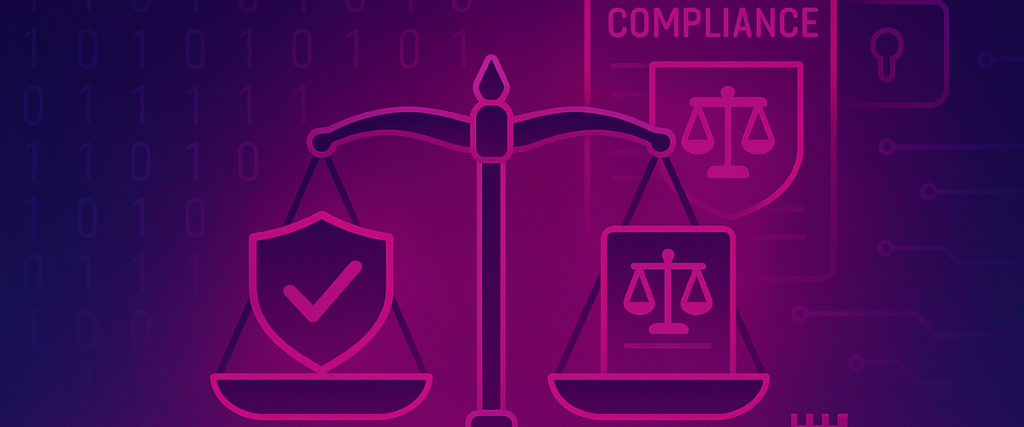
Compliance and Regulatory Pressures
For SMBs in regulated industries, compliance is not optional; it is a legal and operational necessity. Frameworks like HIPAA (healthcare), PCI DSS (finance), and GDPR (data privacy) mandate stringent controls to protect sensitive information.
The problem is that many businesses mistakenly assume encryption or antivirus software alone will suffice. In reality, regulations require layered measures:
- HIPAA mandates secure data storage, user authentication, and audit controls.
- PCI DSS demands encryption, monitoring, and vulnerability management.
- GDPR emphasizes not only technical safeguards but also organizational processes and accountability.
Non-compliance carries steep penalties. For example, GDPR violations can reach up to 4% of global annual revenue, a cost that could bankrupt many SMBs. Beyond fines, compliance failures erode client trust and jeopardize contracts with partners who require security assurances.
Multi-layered security helps businesses meet these complex requirements. By combining technical tools with processes — such as regular audits, employee training, and documented policies — organizations can demonstrate due diligence. In many cases, regulators look for evidence of a defense-in-depth approach, not just isolated measures.
Compliance also enhances reputation. In industries like healthcare, where patient trust is paramount, demonstrating strong security practices differentiates businesses from competitors. Customers are more likely to engage with organizations that proactively protect data.
Ultimately, compliance is about more than avoiding fines. It’s about safeguarding relationships, ensuring business continuity, and upholding ethical standards. Multi-layered security provides the foundation for achieving and maintaining these goals.
Growth Brings New Risks
As businesses grow, so do their cybersecurity challenges. Expansion often means adopting cloud services, storing larger volumes of sensitive data, and enabling remote or hybrid work. Each of these adds new attack surfaces that single solutions cannot protect.
For example, SMBs moving to the cloud may assume their provider handles all security. In reality, cloud vendors operate on a shared responsibility model, where businesses remain accountable for securing their data and user access. Without layered defenses like MFA, encryption, and monitoring, cloud environments are vulnerable.
Similarly, growth often means onboarding new employees quickly, sometimes without adequate training. Insider threats — whether accidental or malicious — increase with workforce size. Layered defenses, including access controls and user behavior monitoring, reduce these risks.
Scalability is another challenge. A firewall that served a 10-person office may struggle under the traffic demands of a 100-person team. As online services expand, performance bottlenecks and configuration errors emerge. Multi-layered solutions allow businesses to scale strategically, adding protections without compromising speed or usability.
Consider also the integration of third-party vendors and partners. Many SMBs rely on external providers for payment processing, logistics, or IT support. Each connection expands the attack surface, and attackers frequently target SMBs as supply chain entry points into larger enterprises. Multi-layered security ensures that breaches in one area don’t cascade into systemic failures.
In short, business growth amplifies risk. The only way to ensure security keeps pace with expansion is through a layered, flexible, and adaptive strategy.

Key Takeaways for Business Leaders
The case for multi-layered security is undeniable, but its real power lies in what it means for business leaders making strategic decisions. Cybersecurity today is not just an IT concern — it is a board-level issue that impacts revenue, customer trust, regulatory compliance, and long-term competitiveness.
Single solutions equal single points of failure. Hackers only need to succeed once, and relying on a single tool creates the exact weakness they are searching for. For example, an SMB depending solely on antivirus protection may be completely unprepared for phishing or credential theft. Leaders must ensure that resources are not funneled into one solution while neglecting others.
Threats evolve constantly. Yesterday’s defenses are tomorrow’s liabilities. Attackers now use AI-driven phishing, deepfakes, and advanced ransomware that bypass traditional tools. Business leaders must recognize that cybersecurity spending is not a one-time investment but an ongoing strategy requiring regular updates, monitoring, and evolution.
Compliance demands multiple safeguards. Regulators do not accept “good enough” security. Laws such as HIPAA, PCI DSS, and GDPR mandate controls that span technical, procedural, and human dimensions. Leaders must understand that achieving compliance is about building layers of protection that demonstrate diligence and accountability. One missing safeguard could mean millions in fines and irreversible reputational harm.
Growth increases complexity. As organizations expand into cloud services, e-commerce, and hybrid work, the attack surface widens dramatically. A security strategy that worked for a 20-person office will fail for a 200-person distributed workforce. Leaders must view cybersecurity as a scalable function, ensuring protections grow in tandem with business operations.
More layers equal more resilience. Defense in depth is about redundancy and business continuity. It ensures that even if one safeguard fails, others are there to catch the breach before it spreads. For leaders, this translates into confidence that a single employee mistake or overlooked vulnerability will not bring operations to a halt.
Ultimately, leaders must move beyond viewing cybersecurity as a reactive expense. Instead, it should be treated as a strategic investment in resilience and reputation. A proactive, holistic approach — integrating people, processes, and technology — positions businesses not only to withstand attacks but to thrive in an increasingly hostile digital environment. Companies that adopt multi-layered security today will gain a competitive edge tomorrow, proving to customers, partners, and regulators alike that their data and trust are in safe hands.
Final Thoughts
Cybersecurity is a constantly shifting battlefield. Attackers refine their techniques daily, exploiting weak points that businesses overlook. For SMBs, relying on a single solution is no longer viable. The risks — from financial losses to reputational damage — are simply too high, and recovery often costs far more than prevention.
Multi-layered security ensures redundancy, adaptability, and compliance. It prepares businesses for both today’s threats and tomorrow’s unknowns. By layering defenses across networks, devices, data, and people, SMBs create resilience that not only protects but also strengthens their long-term growth while maintaining customer trust and regulatory confidence.
Don’t wait until a breach exposes your weakest point. Invest now in multi-layered security and build a foundation of trust, continuity, and peace of mind. Taking proactive steps today ensures your organization remains agile, compliant, and secure no matter how the threat landscape evolves.
Featured links:
Perimeter Security Best Practices
SMB Cybersecurity Priorities Guide
FAQ:
Why is multi-layered security vital for SMBs?
SMBs face increasingly sophisticated attacks—ransomware, phishing, insider threats—and often lack the budget for high-end, single defenses. Multi-layered security ensures that if one safeguard fails, others remain active to prevent total compromise. This redundancy, combining tools, policies, and training, enhances resilience and minimizes damage from evolving threats.
What are common components of a multi-layered security strategy?
A comprehensive strategy typically includes: network perimeter defenses (firewalls, IPS), endpoint protection (antivirus, EDR), access controls like MFA, email filtering, encryption, patch management, backups, user training, and monitoring tools. Each layer targets different attack vectors, collectively strengthening your cybersecurity posture.
How does compliance relate to layered security?
Regulations like HIPAA, GDPR, and PCI DSS require multiple safeguards—from encryption and access controls to logging, audits, and employee training. Layered security helps demonstrate due diligence and accountability. It ensures that even if one measure fails, others maintain protective and compliant coverage.
Can SMBs implement multi-layered security affordably?
Absolutely. SMBs can start with cost-effective measures—like enabling MFA, automating patching, using email filtering, and training staff. Over time, layering on affordable endpoint tools, backups, and monitoring provides strong defense at a manageable pace and budget.

Fun Fact – Shared Responsibility in the Cloud
Did you know that cloud vendors and customers share duty for security? While providers secure the infrastructure, businesses are responsible for protecting their data, identities, and access controls. This makes multi-layered security even more critical as organizations expand cloud use. Integrating MFA, encryption, access monitoring, and backups ensures your cloud environment remains safe and compliant.

Expert Insight – Three Layers of Protection
Effective IT security spans three levels: management (policies), operational (training, processes), and technical (tools like firewalls, MFA). Businesses with layered defenses reduce breach costs by an average of 43% compared to single-layer setups. This proves that strategy and culture matter as much as tools.
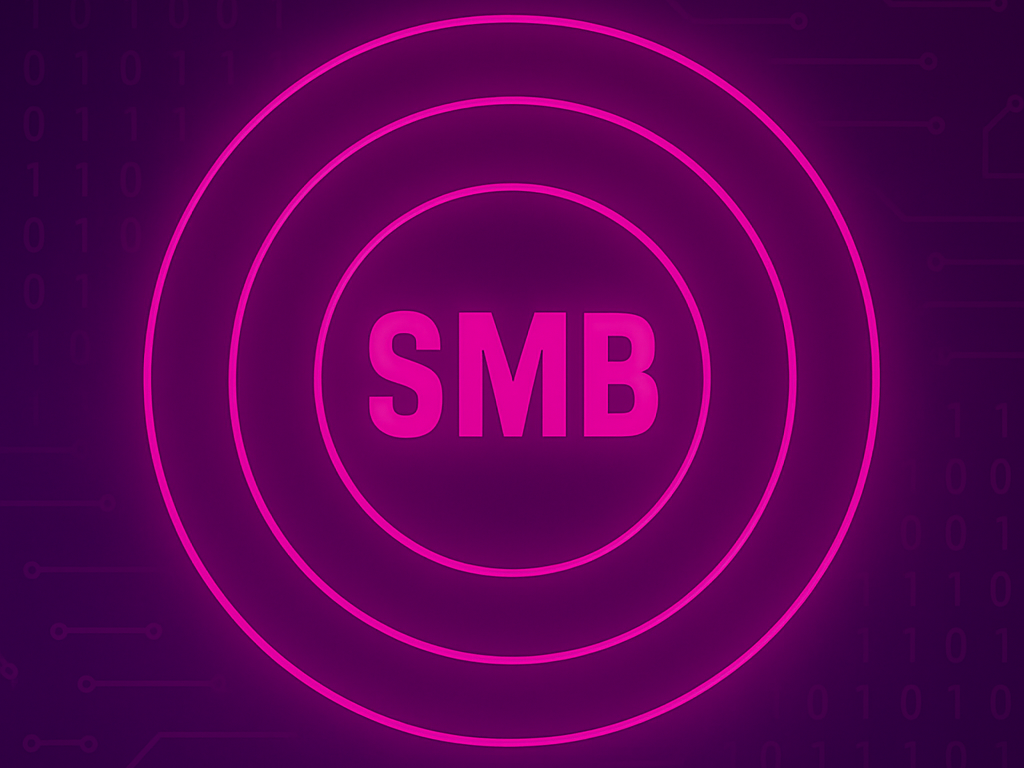
Real-World Example – SMBs as Supply Chain Targets
Cybercriminals often use SMBs as entry points into larger organizations. A small vendor’s compromised system can become a bridge to more significant networks. Layered security—like segmented networks, strong access controls, and monitoring—can stop such lateral attacks, protecting not only the SMB itself but also its enterprise partners.
Our Cybersecurity Guarantee
“At Fusion Cyber Group, we align our interests with yours.“
Unlike many providers who profit from lengthy, expensive breach clean-ups, our goal is simple: stop threats before they start and stand with you if one ever gets through.
That’s why we offer a cybersecurity guarantee: in the very unlikely event that a breach gets through our multi-layered, 24/7 monitored defenses, we will handle all:
threat containment,
incident response,
remediation,
eradication,
and business recovery—at no cost to you.
Ready to strengthen your cybersecurity defenses? Contact us today for your FREE network assessment and take the first step towards safeguarding your business from cyber threats!










